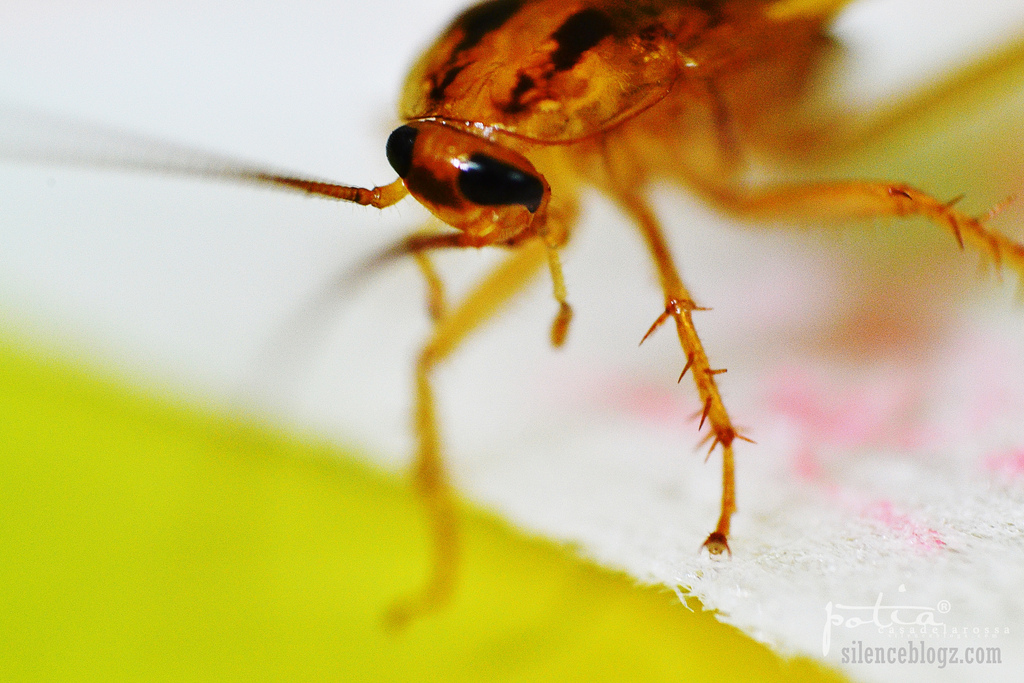Could A Cockroach Really Survive A Nuclear Explosion?

It’s been said that a cockroach — arguably one of the creepiest insects around — can survive a nuclear explosion. Known for their grit, determination and tenacity, cockroaches have a tendency to pull through some of the most harrowing and tragic events. They reproduce at an alarming rate, can live a month without food, and can squeeze into a space equal to that of a quarter’s thickness, according to Discovery Kids. They’ve come a long way, too. National Geographic says that recent fossils show prehistoric roaches measuring up to 3.5 inches, which is twice as long as today’s species. Okay, so they’re hardy little insects. But can they really survive a nuclear blast?

This question first arose in the scientific community in 1945 after the US had dropped atomic bombs on Hiroshima and Nagasaki during World War II. Amazingly, it was found that cockroaches were still scuttling around these Japanese cities after the blast — they were the only survivors. But they didn’t just survive, they flourished! The MythBusters team on the Discovery Channel set out to dispel or confirm this myth; ultimately, they found that it is indeed plausible that these 300-million-year-old creatures survived the tragedy. To test the theory, the team exposed typical German cockroaches to radioactive metal cobalt 60. They began with 1,000 radon units (rads), which can kill a human being in less than a quarter hour, followed by 10,000 and 100,000 rad exposures. Then, they waited for an entire month. The cockroaches exposed to the first blast were still going strong, and about 10 percent of those exposed to 10,000 rads were still alive. However, none of the cockroaches subjected to 100,000 rads made it. As a side note, the bombs dropped on Japan measured 10,000 rads. This confirms that cockroaches can indeed survive a nuclear explosion. This being said, a much larger nuclear attack with higher rads would obliterate even the common cockroach.
The reasoning behind cockroaches’ ability to survive radiation may lie in the fact that these creatures’ bodies are structured simply, with cell cycles that are much slower than those in more complex organisms, says Discovery. Humans are more susceptible to the effects of radiation because cells are more sensitive to radiation when they’re dividing, which is what happens in complex organisms like humans. Roaches experience only weekly molting if they’re lucky, and are therefore much less sensitive to attack. By the same token, these little critters can withstand extremely cold temperatures outside as well — as low as 32°F. If the temp dips lower than that outside, that’s when you might see cockroaches invade your home or apartment to warm up and breed.
Did you know that that biggest cockroach alive today is the South American roach, measuring six inches long with a wing span of one foot? According to Discovery Kids, cockroaches have six legs and 18 knees. There’s estimated to be about 5,000 species of these creatures crawling the Earth. Cockroaches are believed to have sprung up about 280 million years ago, during the Carboniferous Era — that’s before the dinosaurs, just so you know. Cockroaches are also pretty lazy — they spend 75 percent of their time at rest. Do you want to see them move? Turn on the lights!
Byline
Caleb Milton is a freelance writer based in Lansing, Michigan. Caleb writes on pest control, animals, zoology, anatomy and other kindred subjects; to learn more curious readers should visit bainpestcontrol.com.
Image credit goes to SBphotoPiX.
